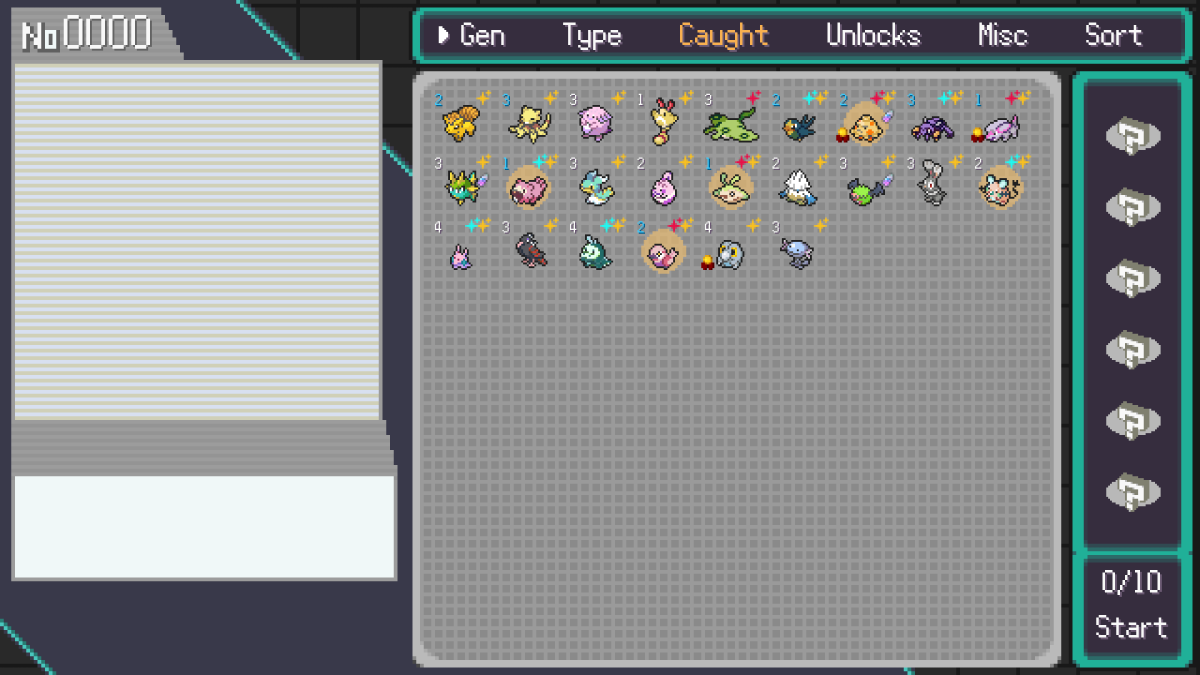UW-Eau Claire can learn a lesson from the recent Eau Claire school district proposal to loosen restrictions on social media technology and devices in the classroom.
According to an Aug. 15 article in the Leader-Telegram, a proposal was made to unblock many currently banned sites like Facebook, Twitter, and YouTube. There was also talk of allowing devices like iPads and even cell phones to have a stronger presence in the classroom where the devices can benefit education. This proposal is generating discussion: hopefully this shows that people are actually thinking very critically about the usefulness of technology as a learning tool.
I think this eager, yet critical, step toward incorporating technology into the education system is very commendable. More importantly, I believe it shows an open attitude toward change that UW-Eau Claire needs to work to adopt.
This may seem like a stretch: after all, UW-Eau Claire is already far ahead of the school district in terms of allowing access to social sites on campus. But it’s not really fair to compare the rules at the two institutions. The issue isn’t whether or not we should adopt the same rules–it’s whether or not we can imitate the same attitude.
Sadly, our current mindset seems to be one of controlling technology and limiting its distractions. All too often I hear technology discussed with negative vocabulary. Terms like ‘dealing with technology,’ the ‘issue of technology,’ and so on, all imply the same thing: technology is a problem that must be managed … and managed differently from all other classroom problems.
This mindset of treating technology so differently is negative for two reasons. First, by constantly separating technology from other teaching tools, we run the risk of being overly skeptical of its uses and focus far too much on the potential for distraction. This causes us to miss out on a variety of benefits.
On the flipside, treating technology so differently also causes some teachers to assume that any assignment involving new trends must be more effective than traditional tools, and therefore should be incorporated without rigorous questioning. If we want to benefit at all from the possibilities technology offers, this is a mindset we desperately need to change.
We can’t afford to continue to view education and technology as competing forces that must be compromised. On the other extreme, we should not view technology as a quota to be met; cramming as many new trends as possible into a course is possibly even more harmful.
The bottom line is electronic devices need to be given the same attention and skepticism as any other trend in teaching tools or methods. But they also have to be given the same chance. As the L-T article implies, old-fashioned pen and paper tools have just as much potential to be distracting or helpful as these new tools do. From what I hear, new curriculum or other physical supplies are reviewed carefully before being adopted, but there seems to be no current method for applying the same rigorous review to technology.
The faculty that I have found to incorporate technology in the most effective ways are those that don’t just ask “How does this work?” but those that also ask “Why would I use this?” The most painful experiences with technology in the classroom were generally sanctioned by well-meaning (or not so well-meaning) professors who seemed to feel that trendy technology, in whatever form, would absolutely benefit the course. It was as though they had never stopped to think “Might using this tool actually detract from the student outcomes? Will this really help students learn, or will it just weigh them down?”
Unfortunately, I don’t think there are many resources out there for faculty trying to answer these big questions. From what I heard at the Chancellor’s Round Table discussion last spring, this need for an ‘instructional technology’ consultant on campus has been identified. I think this is definitely a step in the right direction. We need more people that can advise faculty by using their technological proficiency, plus an understanding of teaching methods.
There is a fine line between willingness to try new things, and the ability to critically question the effectiveness of that new thing. It seems that the Eau Claire school district is tentatively moving in this direction, and I hope this university is as well.






